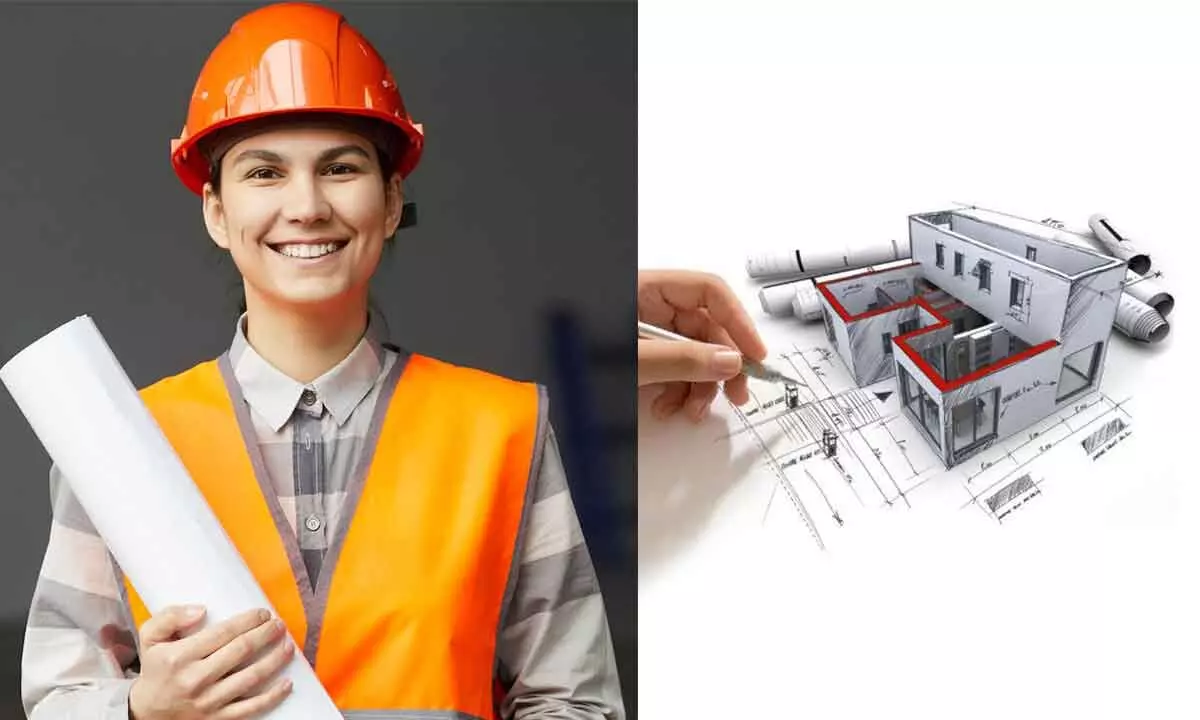Importance & role of writing in Architecture

Architecture needs to be read, appreciated, discussed, critiqued, and reflected upon. Writing architecture can aid the stakeholders of the built environment to be more appreciative of their surroundings, critique and engage in its growth and be patrons of the appropriate practice of development. Not all decisions and positions taken in architecture are obvious to the eye and mind. Even the best architecture may need help to be fully appreciated and hence, writing
Architecture is widely recognized and acknowledged as a profession that relies on visual forms of communication. Diagrams, sketches, drawings, and models are visual tools through which architecture is predominantly expressed and understood. The significance of drawings cannot be underestimated, as they play a vital role in shaping ideas and facilitating the execution of architectural projects. A good drawing can comprehensively explain every aspect of a building.
Consequently, the importance of writing in architecture is often debated. Some argue that drawings alone are sufficient for discussing architecture. However, it is crucial to recognize that architectural interventions in the environment extend far beyond the constructed ‘built-object’. One must see architecture not just as an object, but as a discourse of how, by whom, and for whom was it created. Architecture has profound societal, cultural, economic, and political implications. It is a social practice, a practice that is answerable to the society.
This is where the writing engages with architecture. Architecture is omnipresent, it surrounds us and we encounter it daily. We may interact with it as inhabitants or mere spectators and they have a profound influence on us. However, one often finds themselves detached from it, serving as mere onlookers to its creation. In the book, Writing About Architecture: Mastering the Language of Buildings and Cities, author Alexandra Lange states- “ The more built environment people see and savor, the more they act like architecture critics, the better they will be able to recognize good planning and become advocates for it.”
For society to be able to ‘see and savor’, they need to be made aware that they are collaborators in the way their cities grow. Writing as a medium allows reaching out to a broader audience. It also helps connect multi-disciplinary experts and makes the built environment a matter of common concern. Good writing about architecture may encourage an open-minded perspective, an eye for detail, and sympathy among readers. This shall help one to be able to appreciate the value of the built environments that surrounds them.
One way of achieving this is through educational institutes. Academic writing is an important aspect of architecture education. Incorporating writing as a key tool in the pedagogy shall allow students to be able to discuss a position in design. The built environment can be read and critiqued from multiple perspectives. Some might discuss the materiality, some its architectural language, and position in the street, while some, it’s livability and experiential aspects. Incorporating writing in the design process shall allow students to realise, articulate, express, argue, and reflect on architecture. It shall allow architectural dialogue to go beyond right, wrong, good, and bad. Incorporation in teaching and education will also ensure an engagement with broader disciplines, which is the need of the hour.
In the words of author Carter Wiseman in his book – Writing Architecture “Few of us can be called brilliant at what we do, but most of us can achieve a high level of competency if we pay attention to the basics. Even for talented writers, a reliable structure is basic to making good results more predictable than accidents. If they do that well, the architecture they advocate may take tangible shape as the lasting artifacts of our own civilization.”
Architecture needs to be read, appreciated, discussed, critiqued, and reflected upon. Writing architecture can aid the stakeholders of the built environment to be more appreciative of their surroundings, critique and engage in its growth and be patrons of the appropriate practice of development. Not all decisions and positions taken in architecture are obvious to the eye and mind. Even the best architecture may need help to be fully appreciated and hence, writing.
(The author is Assistant Professor, Anant National University)
















